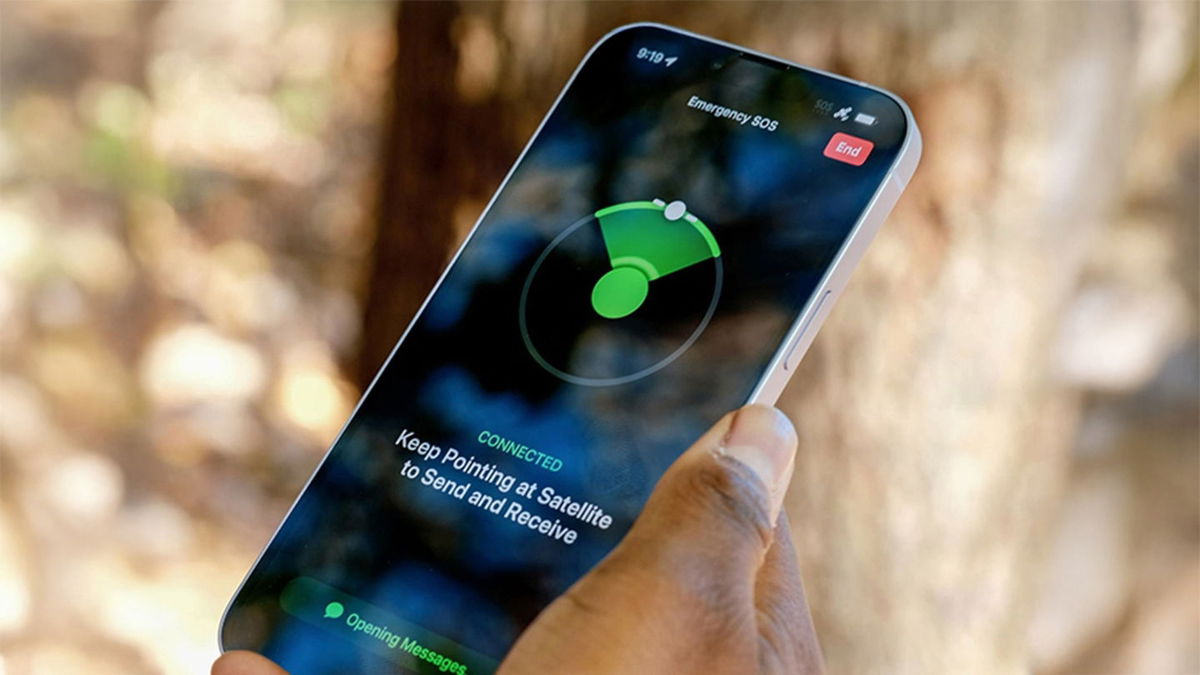It’s been two years since Elon Musk bought Twitter and renamed it X. Numerous changes to the social network are leading X users to look for alternatives, and one of the most interesting is Bluesky.
In short, Bluesky is the equivalent of X (Twitter) for those who are not happy with the changes made by Musk. At the same time, Bluesky has several important advantages that X users can only dream of and are unlikely to ever get.
In this article I will try to find the answer to the question of why people switch to Bluesky en masse.
Briefly:
Bluesky was created inside Twitter
How to use Bluesky
How many people are there at Bluesky?
Who owns Bluesky
How to implement Bluesky
Brief summary
Bluesky was created inside Twitter

Home page Bluesky
Bluesky is a decentralized social network built on its own open-source AT protocol. This is the main advantage of Bluesky not only over X, but in general over any social network in the world.
Thanks to the AT protocol, users gain almost complete control over their data. If necessary, they can transfer the data to another social network that supports this protocol. True, at the moment there are no such networks yet.
Here’s how the company itself uses the operating principle of the AT protocol:
An analogy to explain: Every time you create a social media account, it’s like moving to a new city. You make friends and submit posts showing the contents of your home furniture that you made yourself. But on centralized social platforms, if you leave, it’s like leaving all your friends with no way to contact them, and leaving your home without being able to take anything with you. Leaving a centralized site and starting from scratch is very difficult.
The AT protocol essentially allows people to move between cities. Creating a standard form for identification and data results in the issuance of a passport with a number and ownership. If you don’t like the city you first built in, you can move and take all your property (data) with you. Your friends can still follow you and keep in touch with you using the same name and number.
bluesky
Development of the AT protocol began in 2019 within Twitter. It was an independent project by Jack Dorsey, the founder and then CEO of Twitter. Once connected, 5 people worked on the protocol, then the team increased.

Dorsey himself suggested that Twitter would switch to the AT protocol, which is why he commissioned its creation. But then Dorsey left Twitter, and the social network was sold to Elon Musk.
Bluesky was incorporated as an independent “public benefit corporation” under the name Bluesky Social shortly before Dorsey left. The first three employees were hired at Bluesky in March 2022, and after the sale of Twitter to Elon Musk, the company cut all ties with each other.
◦ Back to contents ◬
How to use Bluesky

Bluesky’s interface is very similar to X (Twitter). If you’ve ever used X, Bluesky will be easy to get used to. However, Bluesky has its own characteristics, and they are important.
Let’s start with registration. When creating an account, you provide a name in the format @XXXXXX.bsky.social. I have @ilyasidorov.bsky.social. But you can also use your own domain as your username. For example, Bloomberg uses its @bloomberg.com domain in Bluesky.
Thanks to this, you can create a unique username that will definitely not be taken by anyone.
Posts in Bluesky look the same as in X: there are likes, retweets and the ability to quote posts. Mail length is limited to 300 characters. You can follow accounts and see their new posts in a chronological feed without algorithms.
If you want to find something interesting, switch to the Discover feed. This is an algorithmic feed where posts from those you follow and those you don’t know pass by.

If two tapes are not enough for you, then you can add more. Click on the button with # you can find new ribbons that decorate other users. In this detail work, all posts are written with appearance in mind. For example, to get into the Science feed, you need to add the test tube emoji 🧪 to your post.
Additional feeds are a kind of rethinking of hashtags (by the way, they are also here). Only in feeds there can be many more rules, which means there is a greater chance that posts will be seen by the target audience, which is very difficult to achieve with hashtags.


Moderation settings. This is just a small part of them
As for moderation, Bluesky provides great opportunities for customizing the feed. You can choose what type of content to show you, and you can even use custom rules that block accounts based on importance.
Own feeds and independent moderation are precisely what attract Bluesky compared to X and Threads. While the administration of any algorithm in X and Threads decides what content to show and block, Bluesky users can independently customize their feed according to their own rules.
◦ Back to contents ◬
How many people are there at Bluesky?

More than 25 million people are registered with Bluesky, according to a statistics website created by one of the platform’s developers. On November 13 there were 15 million.
Large influxes into Bluesky occurred after Donald Trump won the US presidential election. Many X users began switching to Bluesky due to Elon Musk opening up his support for Trump. In addition, some of us believe that there are now too many fakes in X that are not deleted.
At the moment, Bluesky’s audience is exclusively Russian-speaking, mainly from the USA. Notable users of the platform include American politics and local celebrities such as comedian Dara O’Brien and Countdown presenter Susie Dent.
There are no major world stars in Bluesky yet.
There are Russian-speaking users in Blueskybut there are few of them, which makes the social network seem boring.
Considering X has 611 million followers, Bluesky’s audience looks modest. However, public registration for Bluesky only opened on February 6, 2024. Previously, access to the social network was possible only by invitation.
◦ Back to contents ◬
Who owns Bluesky

Jay Graber, CEO of Bluesky
Bluesky’s board of directors consists of four people:
▶︎ Jay Graber, she is also the CEO of Bluesky, as well as the founder of the social network Happening and the developer of the Zcash cryptocurrency.
▶︎ Jeremy Miller, inventor of the Jabber/XMPP protocol
▶︎ Mike Masnik, creator and editor-in-chief of Techdirt
▶︎ Kinjal Shah, partner at venture capital company Blockchain Capital
Twitter founder Jack Dorsey was Bluesky’s first investor and served on the board of directors. But since May 2024, he is no longer a member of the board of directors and is not taken into account in the development of the platform. He deleted his Bluesky account.
◦ Back to contents ◬
How to implement Bluesky

Bluesky is a completely equivalent social network, and at the same time there are no advertisements.
The company currently exists only due to modern investments. In 2024, it raised $15 million and announced the development of a paid subscription that allows you to upload videos in higher quality and with better profile settings.
Bluesky also attracts attention, unlike X, its paid subscription will not prioritize ostentatious publication.
◦ Back to contents ◬
Brief summary
Bluesky is another Twitter alternative playing with Mastodon and Threads. However, unlike its competitors, Bluesky is a decentralized application that provides the most extensive opportunities for customizing algorithms and moderation.
At the moment, Bluesky is at the peak of its popularity. In the past, the App Store app often ranked number one in popularity.
The sharp increase in the number of registrations in Bluesky is associated with the victory of Donald Trump in the US presidential elections and changes in X. Immediately after the elections, more than 1 million users joined the platform. Later, when X started showing tweets to blocked users, another 500,000 people signed up for Bluesky.
Bluesky will likely continue to grow, but only time will tell whether it can become a full-fledged X competitor.
◦ Back to contents ◬
Source: Iphones RU
I am a professional journalist and content creator with extensive experience writing for news websites. I currently work as an author at Gadget Onus, where I specialize in covering hot news topics. My written pieces have been published on some of the biggest media outlets around the world, including The Guardian and BBC News.










